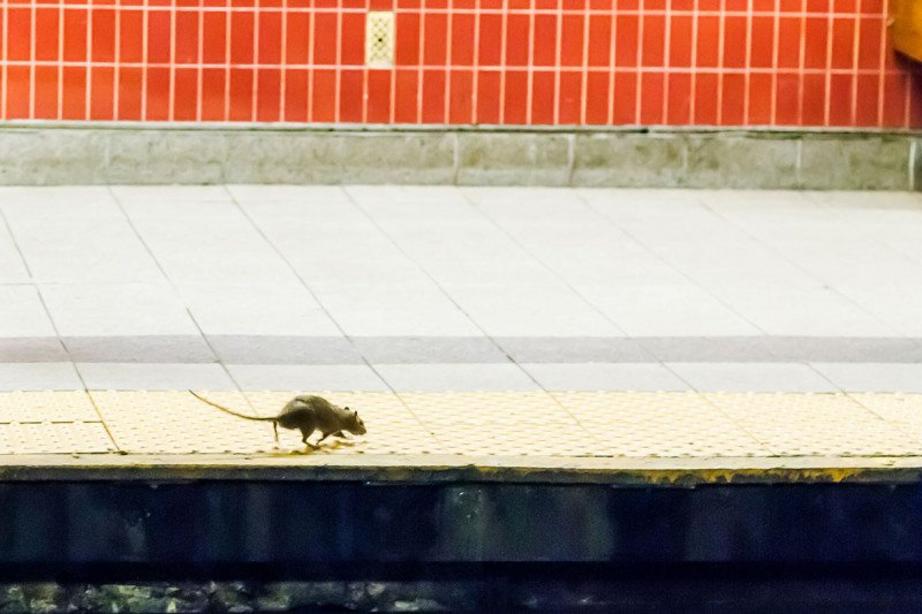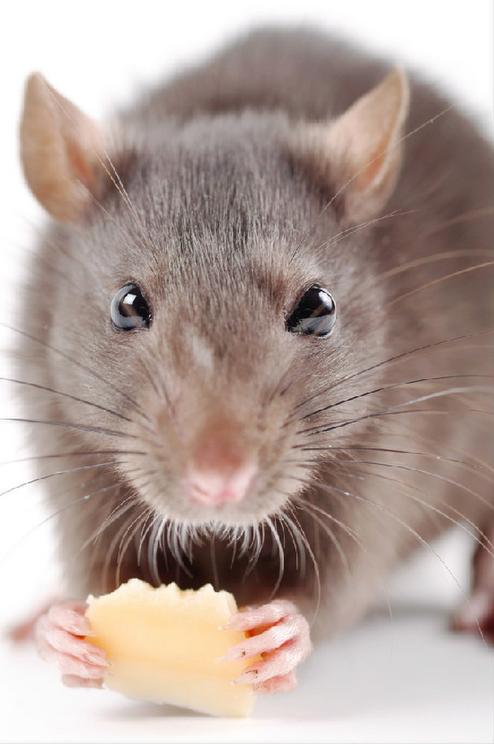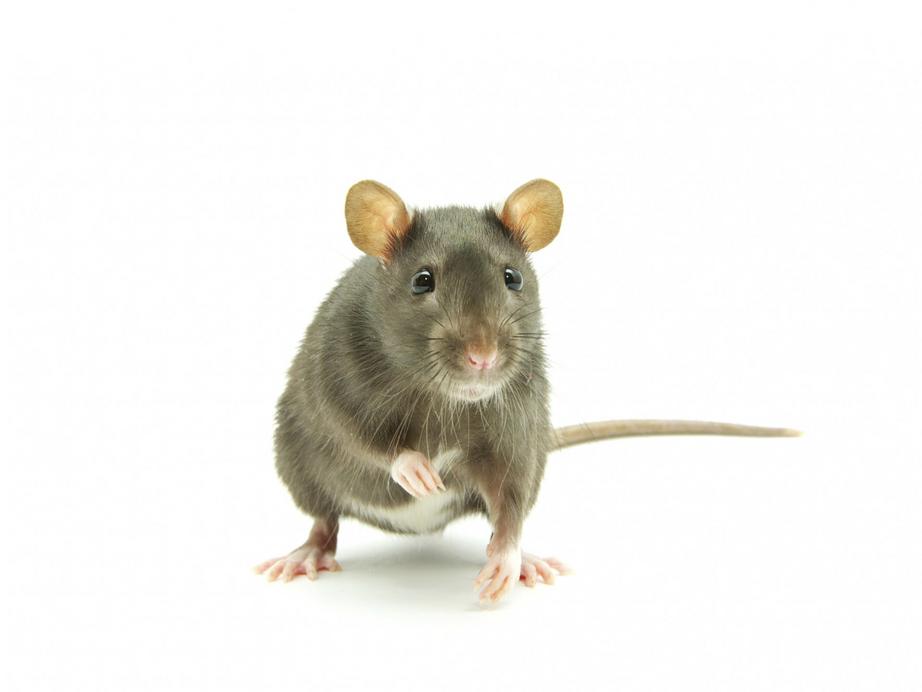Menopause-causing bait is curbing rat populations in New York
Population halved in three months
It is pest control without poison. A new type of bait that stops rats from having babies is helping to tackle infestations in several US cities.

The bait – known as ContraPest – was approved by the US Environmental Protection Agency last August. It makes rats infertile by triggering early menopause in females and impairing sperm production in males. There are no side effects and the rats eventually die of natural causes.
The technique is considered more benign than other control strategies being investigated, such as gene drive, which can be used to spread infertility genes through pest populations. A recent report by the US National Academies of Sciences warned that gene drive could have unforeseen consequences.
The first field trial of ContraPest, conducted in the New York City Subway in 2013, halved the resident rat population in three months. Two more trials have now been completed in the US – one at a large-scale farm and one in an urban area – both in East Coast cities.
Rat numbers at the farm fell by one-third over three months. In the urban area, population growth was suppressed during the peak breeding season so that the population expanded at only one-third the expected rate.
“You’ll never wipe out rats completely – they’re too smart,” says Brandy Pyzyna from SenesTech, the biotechnology company in Arizona that developed the bait.

Fast breeders
“But if you think about it, one breeding pair of rats can produce 15,000 pups in a year,” she says. “Even if you can reduce that by a third in a few months, you’re already talking 5000 fewer rats, and the population will continue to go down.”
ContraPest is more humane and effective than rat poison, says Pyzyna, who presented the latest results at the Australasian Vertebrate Pest Conference in Canberra, Australia, this week.

The problem with killing rats is that others simply move in and take their place, she says. Fertility control, on the other hand, maintains a small population of existing rats that guard their territory from newcomers.
The active ingredients – triptolide and 4-vinylcyclohexene diepoxide – can cause infertility in other animals, but not at the small doses used in the bait. The flavoured liquid is kept inside bait stations that are only accessible to rats. Once ingested, the chemicals are broken down by the rats’ metabolism, preventing them from contaminating predators or the wider environment.
Peter Banks at the University of Sydney says the approach looks promising, but needs more long-term research. Rats that don’t take the bait may end up having bigger, healthier litters because there is less competition for food, he says. “It’s really, really hard to eradicate pests,” he says.
Pyzyna and her colleagues are continuing to research the effects of ContraPest in rat populations, while also adapting it to other pest species. They are currently working on reformulating the bait to target mice and feral pigs, but they also have their sights set on feral deer, dogs and cats.

